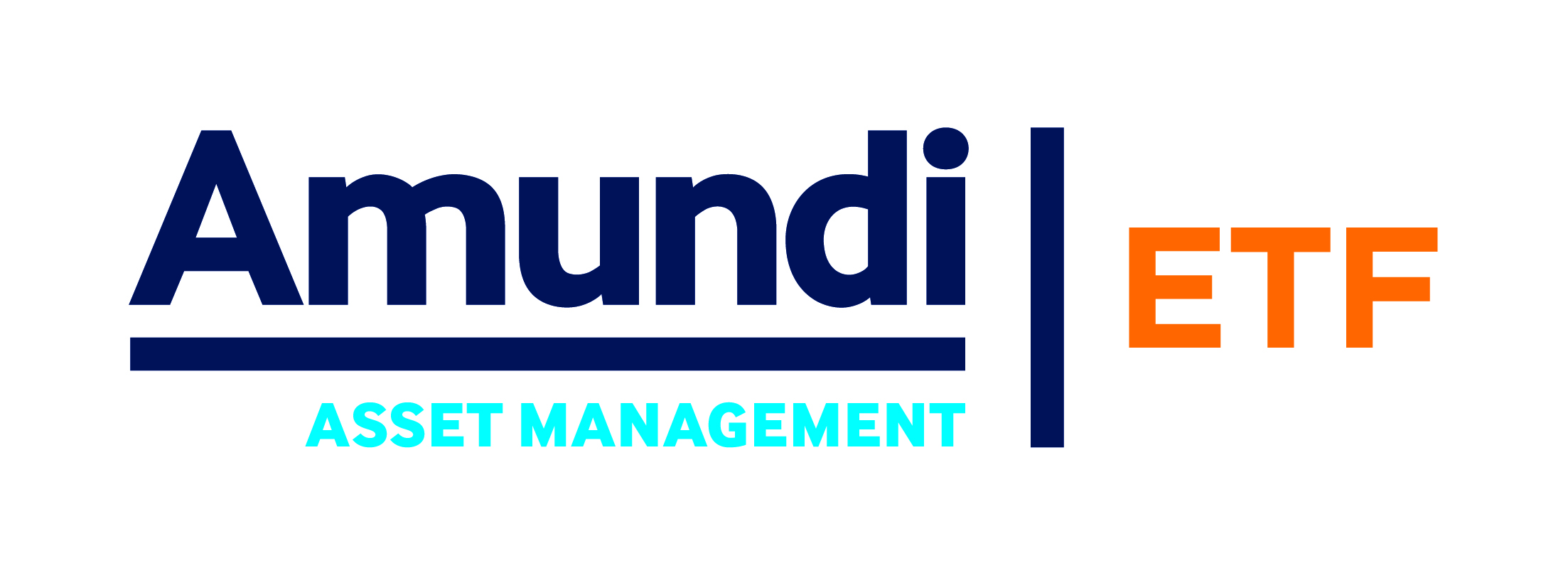Product innovation that genuinely improves an investor’s toolkit is a rare sight in the European ETF market these days, however, there is one launch that is in a league of its own this year.
The Invesco S&P China A MidCap 500 Swap UCITS ETF (C500) is the first ETF in Europe to offer exposure to the mid-cap portion of China A-Shares, a huge market that is yet to be fully explored by ETF issuers.
Launched on 5 May, C500 achieves this by tracking the S&P China A MidCap 500 index which consists of the largest companies outside the top 300 listed on the Shanghai and Shenzhen exchanges.
S&P Dow Jones Indices (SPDJI) takes the universe of mid-cap mainland China stocks and selects the top 85% based on minimum daily trading volume. The top 500 in terms of market cap and liquidity are subsequently selected for index inclusion.
Despite the novel exposure, the ETF carries a total expense ratio (TER) of 0.35%, only 16 basis points more expensive than the cheapest option on the market and cheaper than many China equity ETFs that carry fees of over 0.50%.
Furthermore, not only is C500 the first ETF of its kind from an exposure perspective, but it achieves this through synthetic replication which currently holds a significant advantage when tracking A-Shares.
Through synthetic replication, the ETF currently has a swap fee of -7%, as at 19 December, meaning investors benefit from this additional performance, on top of the return of the underlying A-Shares exposure.
This additional 7% performance bonus is because of a structural anomaly in the A-Shares market – foreign investors such as hedge funds have a hard time accessing potential investment opportunities.
As Christopher Mellor, head of EMEA ETF equity and commodity product management at Invesco, explained to ETF Stream:
“The A-Shares market is extremely liquid with high retail participation, which makes for a pretty attractive environment for quant hedge funds to run long-short market neutral strategies. The problem is it is very difficult for those hedge funds to short the market. The reason for that is there is no physical securities lending market for offshore investors into the onshore A-Shares market. In terms of the ETF, it provides a good vehicle for the banks to offset that exposure they have taken with the hedge fund and they do that by offering to pay the performance of the S&P A-Shares MidCap 500 through to the ETF and in return, the ETF paying through the performance of the swap basket. What we end up with is the ETFs benefitting significantly from the high fees that banks are able to charge hedge funds.”
According to Mellor, the outperformance of the underlying index has ranged between 4% and 16% over the past four years.
This highlights the significant advantages of being agnostic when it comes to selecting a method of replication. While many investors prefer physical ETFs because they own the underlying securities, synthetic ETFs have gone through somewhat of a renaissance in recent years led by Invesco and European-headquartered issuers such as Amundi and DWS.
Even BlackRock – a staunch proponent of physical replication over the past decade – has started to launch synthetic ETFs for US exposures in recognition of the structural advantage they have in some markets.
Given the current access issues in the A-Shares market, it is simply a no-brainer to offer synthetic exposure which is why this piece of financial engineering is my ETF launch of the year.
Each year, the ETF Stream editorial team selects their favourite ETF launches of the past 12 months. For those interested, here are my three previous picks:
Related articles







